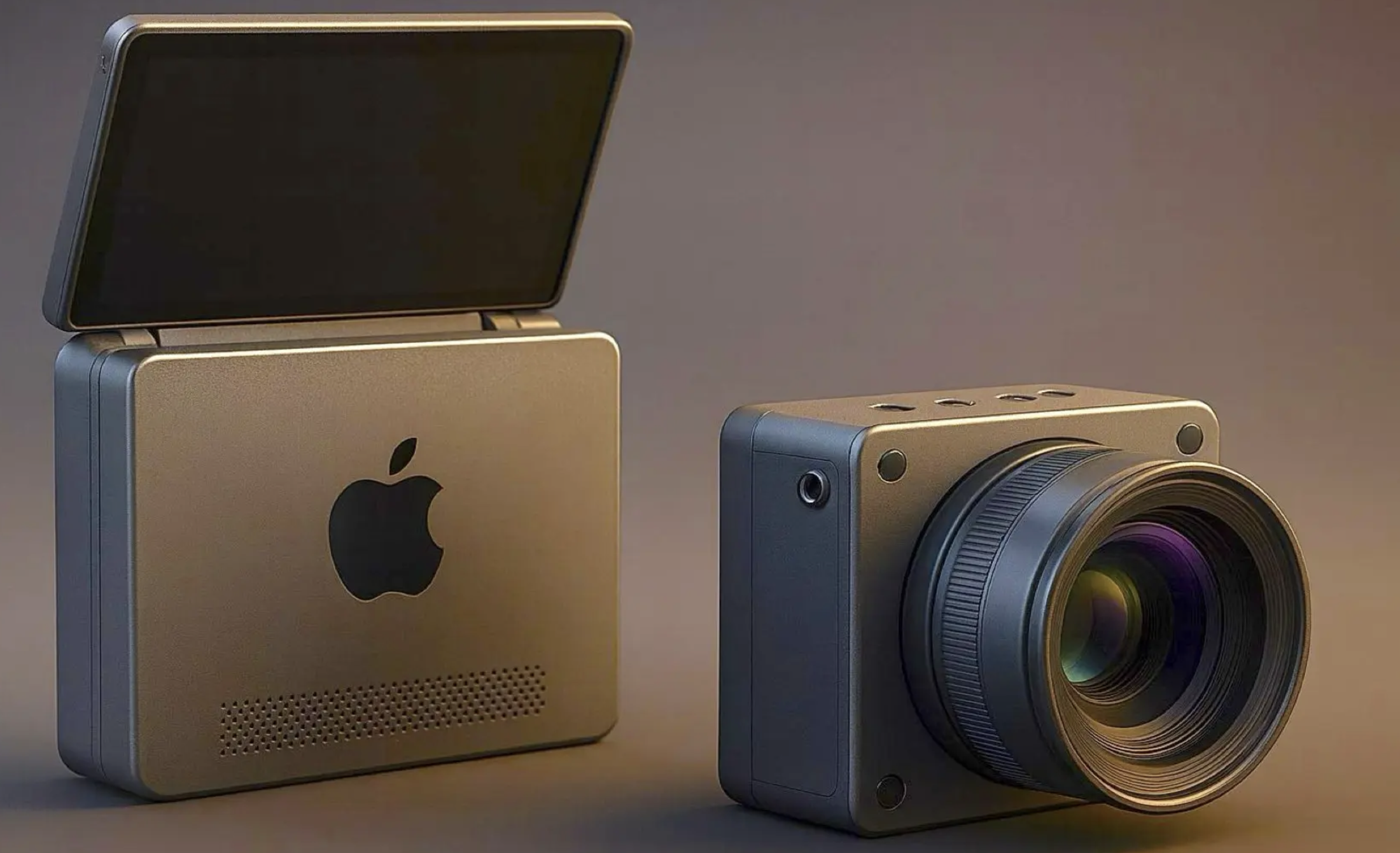Imagine your smartphone taking on the role of a medical device like a thermometer. This is now a reality thanks to an app called FeverPhone, developed by a team of researchers at the University of Washington. The app leverages the existing hardware of smartphones, utilizing the touchscreen and repurposing the battery temperature sensors to estimate people’s core body temperatures using machine learning.

FeverPhone App Shows Promising Accuracy in Estimating Core Body Temperatures
During a clinical trial conducted at an emergency department, FeverPhone demonstrated accuracy comparable to some consumer thermometers in estimating core body temperatures. The team’s findings were published in Proceedings of the ACM on Interactive, Mobile, Wearable and Ubiquitous Technologies.
Lead author Joseph Breda, a doctoral student at the University of Washington, shared that the inspiration for FeverPhone came from previous research on using smartphone sensors to measure air temperature. Recognizing the potential for health applications, they decided to focus on measuring fever as it is a common concern but often lacks accessible thermometers
Revolutionary App Shows Potential for Early Fever Detection and Intervention
While the app requires more training data before widespread use, medical professionals are excited about its potential. By enabling individuals to share their fever results with public health agencies, similar to COVID exposure warnings, earlier detection and intervention can be possible.
Traditional clinical-grade thermometers utilize thermistors to estimate body temperature. Interestingly, off-the-shelf smartphones already contain these thermistors, typically used to monitor battery temperature. The researchers discovered that by tracking heat transfer between a person and a phone, utilizing the touchscreen for skin-to-phone contact and the thermistors for air temperature and heat rise, FeverPhone can estimate body temperature.
The successful clinical trial involved comparing FeverPhone’s temperature estimates against readings from an oral thermometer. Out of the 37 participants recruited, 16 had at least a mild fever.













